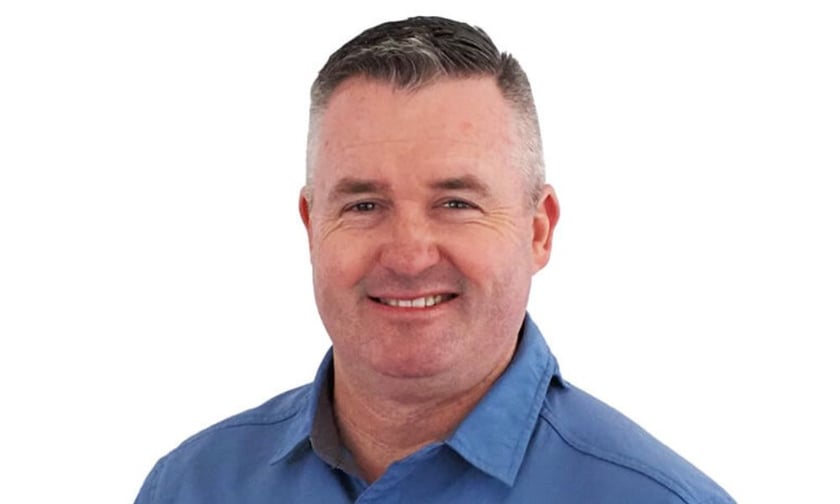

“Wherever I go, in every discussion, everyone talks about resilience,” said Adam Moss (pictured above). “I could ask each one of you and you’d all have your own definition of what you think resilience is.”
Moss is national resilience manager for Disaster Relief Australia (DRA). This particular discussion occurred during his presentation with colleague Shari Bent at last week’s Duck Creek Technologies Duck Talk Redefining Resilience conference in Sydney.
He said his organisation – now more than 2,500 volunteers across Australia, many of them military veterans – realised that it needed to find a way to “develop our own resilience framework.”
DRA launched in 2016 and engaged in its first relief operation in 2017 in response to Tropical Cyclone Debbie. However, it also focuses on disaster prevention and mitigation. A major part of that involves encouraging local communities to become resilient.
“We had a really good look at ourselves and asked, ‘What do we think resilience is?’” said Moss. “We wrote down these six things.”
What followed was a useful checklist for insurers and brokers of the ingredients that would characterise a resilient community. This is an edited version of that list.
Resilient people are aware of situations, their own emotional reactions and the behaviour of those around them. By remaining aware, they maintain control of a situation and think of new ways to tackle a problem.
Making sense of a problem is essential for understanding the bigger picture. Making sense of things is a way to explore and develop effective future plans at a community level.
Resilient communities can bounce back from adverse situations. They can do this by actively preparing for economic, social and environmental change.
As we look to the future, some challenges will be so difficult it won’t be possible for the community to simply adapt. Fundamental change is necessary.
A sustainable community is a place where people can live and work, now and into the future. These communities are sensitive to the environment, well planned, built and run.
Everyone within a community needs the courage to confront issues and take responsibility for a collective future.
The presentation by Moss and Bent focused on Big Maps. In a partnership with the insurer Allianz, the DRA and a handful of local volunteers have started holding community meetings in the Macleay Valley of NSW. The meetings involve the locals literally standing on top of these maps.
“The Big Map is literally that community where they live,” said Moss. “For a small community like Willawarrin [a small NSW town of 200 people in the Macleay Valley], or a community in a city like Brisbane, or a complete catchment - we actually have that on the floor.”
Moss and Bent said this Big Map tool facilitates the stakeholders in a local community taking ownership of local risks and then developing a plan to deal with them.
“One of the key things” to come of Big Map meetings so far, said Moss, is how effectively they can bring together local government with other stakeholders, including insurers, to develop a plan to combat local risks by listening to and then engaging with the locals.
In an earlier presentation at the conference, Shane Fitzsimmons, the former commissioner of both the NSW Rural Fire Service and Resilience NSW described his experiences helping the state through the 2019-20 Black Summer of megafires and then four major floods in the years that followed.
Insurance Business asked the former commissioner what he thinks insurers could improve about how they handle natural catastrophes?
Fitzsimmons said insurers need to find a way to differentiate between customers who buy home insurance premiums in good faith but are underinsured and those who deliberately choose to lower their premiums and lower their insurable value.
However, the former Rural Fire Service commissioner was broadly positive about the insurance industry and commended its “proactive presence in the field” during natural catastrophes.
“There’s nothing more valuable than having that face to face contact, which can be supplemented and complemented through telephony services and those sorts of things,” he said.
Fitzsimmons was clearly impressed by the speed with which some insurance firms were able to deploy staff to disaster areas.
How would you define resilience? Please tell us below
